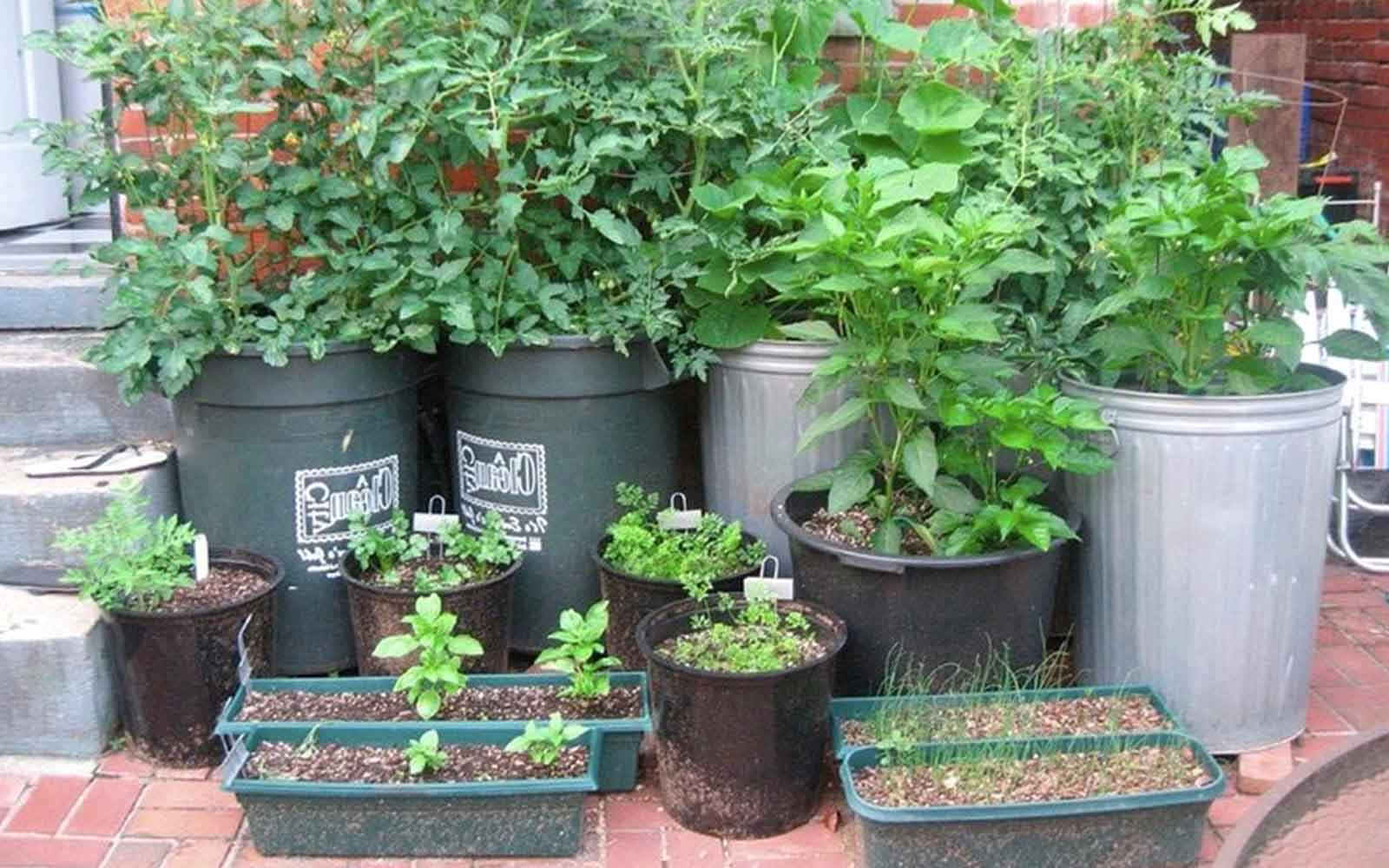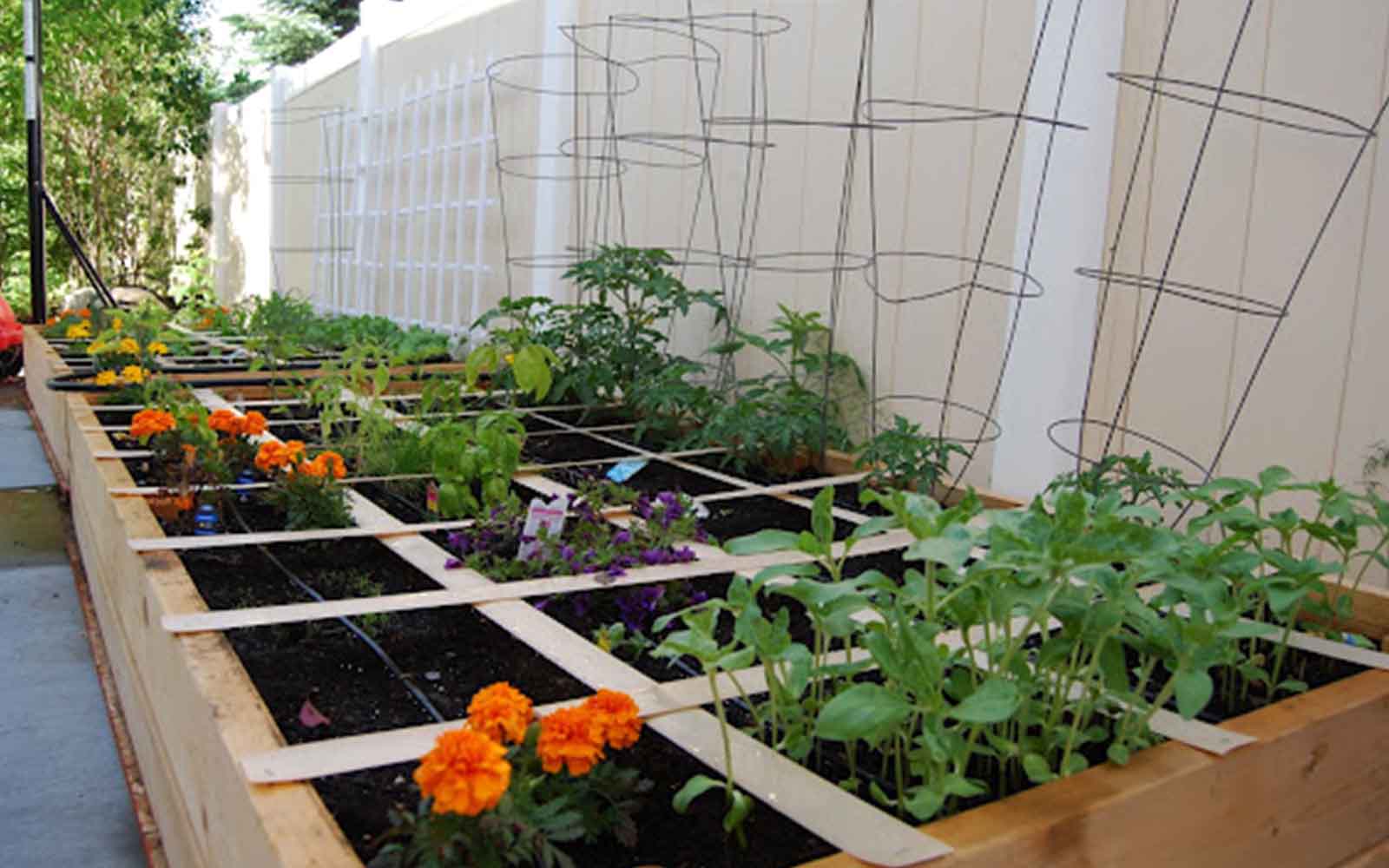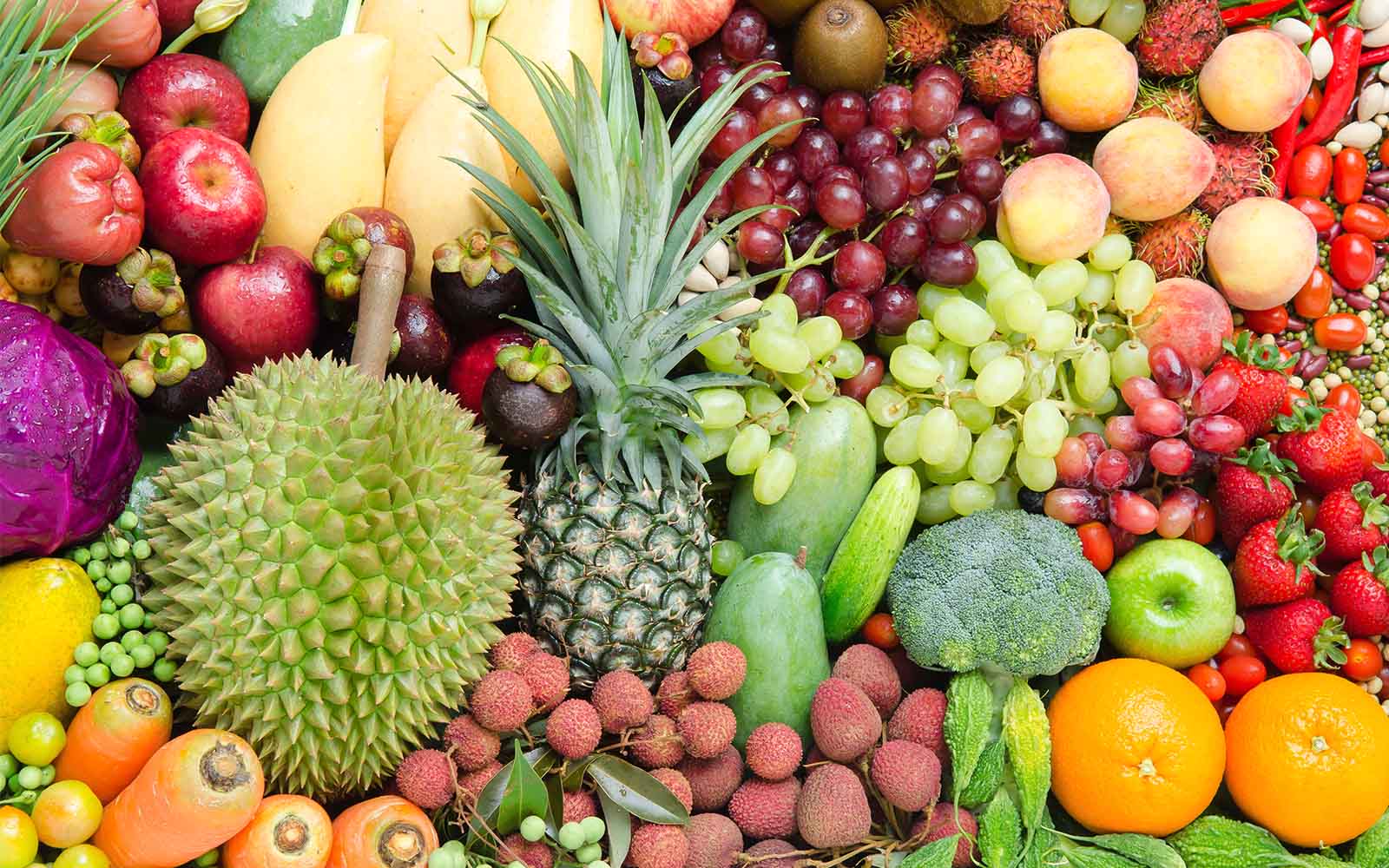August 22, 2016 0 Comments
Interested in growing your own food but do not have the space to do so? Don’t fret because we’re here to prove to you that when there’s a will, there’s a way – and yes, that it is also possible to grow your own food in even the smallest spaces.

Container gardening is a great way for apartment and condominium dwellers who may not have access to big spaces or lawns to grow their own food [1]. Just like what the name implies, container gardening uses different kinds of containers to grow vegetables and herbs, in any small space – such as a roof deck, window ledge, fire escape, balcony, or even in your own kitchen.
You need:
Planters – there are a number of options you can use for container gardening, just remember that these should provide good aeration for roots. Some ideas include:
*You can opt to line the containers with burlap or plastic screens so the soil does not fall through. Plus, you do not necessarily need to purchase a number of containers to start your garden, you can use recycled containers you may have lying around your home – such as old plastic water containers, wine boxes or grocery crates, and old ceramic pots.

As the name implies, vertical gardening is setting your garden up vertically, instead of the customary horizontal one. Vertical gardens consume less space and are also aesthetically appealing.
For vertical gardening, you can try these two ideas:
Free standing pallet garden
This gardener used wooden pallets and several other pieces of wood to construct her vertical garden.
Gutter garden
This gardener on the other hand, fastened rain gutters in rows along the wood siding of her house – which then makes for beautiful vertical garden planters.

Square foot gardening is quite similar to container gardening – but this time you can also construct raised garden beds to fully maximize your garden space. Other benefits of raised gardens include: it can limit the grass growing in your garden, you can easily access your plants, and it minimizes wasted space.
For square foot gardening [2], you would need to build a wooden box – this could be constructed from any non-treated, 6-inch wide lumber or any similar material. The best size for this is a square 4x4 foot box, if you wish to have your kids participate in gardening, you can make it no wider than 3 feet as kids have shorter arms than adults. You can opt to place a weed mat or landscape fabric first before placing the box on the ground to prevent weeds from growing in your garden.
Now that you have your box, you can then start adding your grid – which is the whole point of square foot gardening, and it is what makes your's a raised bed one. For the grid, you can opt to use wooden planks, string, fishing net line, twine, yardsticks, or any recycled material you have in your home. Generally, there are four spacing guidelines:
You can then check your seed packet instructions for your preferred plant’s spacing needs. An example of this is a tomato or green pepper plant requires one per square, while radishes and carrots need 16 per square.

The plants you can grow will depend on the containers you will use. For wooden or wine crates that have large surface areas, but limited depth, you can plant herbs such as basil, sage, and mint, and even red and green lettuce. On the other hand, vegetables such as tomatoes would require deeper planters such as plastic buckets or terracotta pots.
Lettuce: You can plant red and green lettuce in planters with large surface areas but limited depth, such as wooden or wine crates. It is a cool-weather crop. Lettuce goes through a sweet phase before turning bitter, so be sure to try a little first before clipping to make sure that it tastes good.
Tomatoes: They don’t like too much water, but needs a lot of sun and a full pot – so deeper planters such as plastic buckets or terracotta pots are ideal for them. For strong tomatoes, look out for full leaves before the tomatoes sprout.
Basil: When planting basil, space the sprouts/seeds evenly to provide it enough room to grow. Clip any flowers as it grows before the plant goes to seed.
Cilantro: Similar to basil, you should clip cilantro “flowers” before the plant goes to seed. Cilantro requires plenty of drainage for its roots.
Mint: Mint should be planted on its own as it is quite similar to weeds, therefore, dedicate a container for your mint otherwise it would overtake the other plants.
Arugula: Compared to other plants, arugula does better in cool, shady areas – albeit it still needs some full sun every day.
Here’s a list of a number of plants you can grow in containers:

Compost and soil – you can get these from community gardens or purchase from your local hardware or gardening store. The amount will depend on the number of plants you intend to cultivate.
Seeds and sprouts – you can source these again from community gardens, the grocery store, or you can even set aside certain vegetables and use them as seedlings.
Gardening tools such as a handheld spade, claw (garden cultivator), watering can, and gloves.
An area with good sunlight
Here are a few ideas on where you can place your new planters in your apartment or condominium unit and start growing your own food.
Balcony or patio – if your apartment unit has one, then this is a good place for your plants.
Fire escape – just ensure to leave plenty of space for a footpath in case of an emergency.
Handrails - you can also suspend makeshift bottle planters on the handrails of your fire escape/access, small herbs and plant would be perfect for these.
Walls – you can secure your vertical gardens in sunny walls in your apartment, such as sides of your balcony or even your kitchen or living area. But ensure to secure the necessary permits first before fastening/bolting anything.
Windowsills – you can install planter boxes in your apartment’s windowsills. Again, ensure that you are not violating any lease contract or building regulation.
Once you do decide on how you are going to proceed with your very own small-space vegetable garden, here are a few general gardening tips.
Still need more inspiration? Here’s a pretty cool TEDTalk video of Britta Riley growing her own food in her tiny apartment. You can also try out her method of growing food: distributed DIY.
Do you have some more tips on growing your own food in small spaces? Do share them with us!
References:
October 16, 2016 0 Comments
This World Food Day, learn how climate change affects our food production and supply, and what we can do about it.
October 02, 2016 0 Comments
September 09, 2016 0 Comments
Sign up to get the latest on sales, new releases and more…
© 2025 EarthCitizen.
LLC
Powered by Shopify
